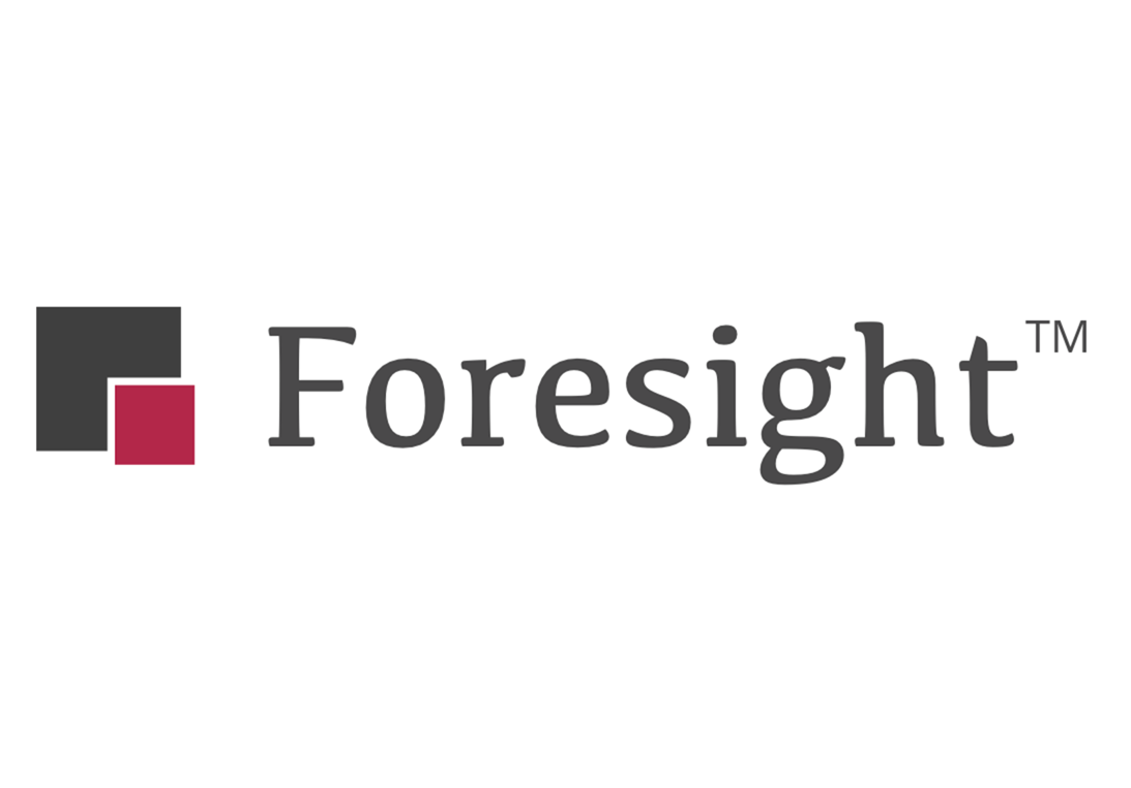How do healthcare policies impact population health metrics?
The main objective of this model is to inform the design of healthcare policy for the purposes of improving measures of health. Foresight can help assess the impact of policies on costs, health outcomes, and health disparities across different populations and identify where inequitable outcomes may arise.






